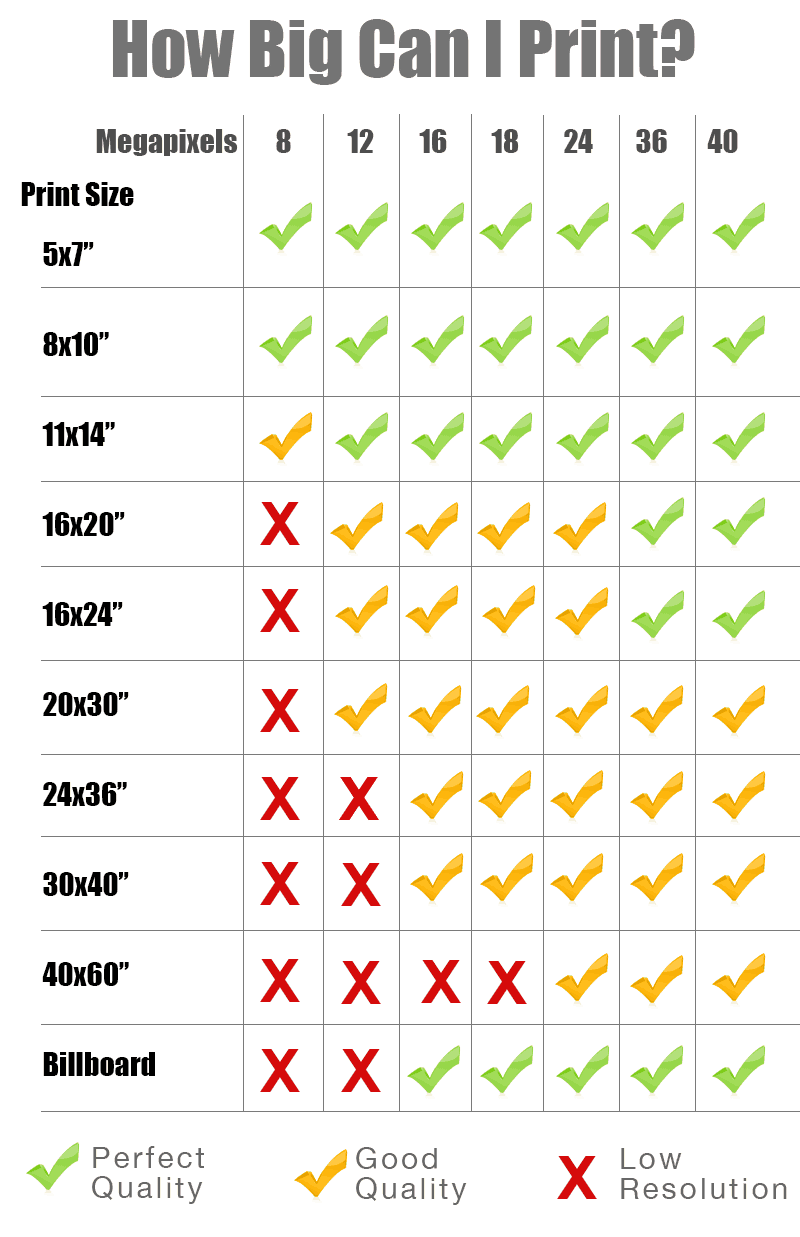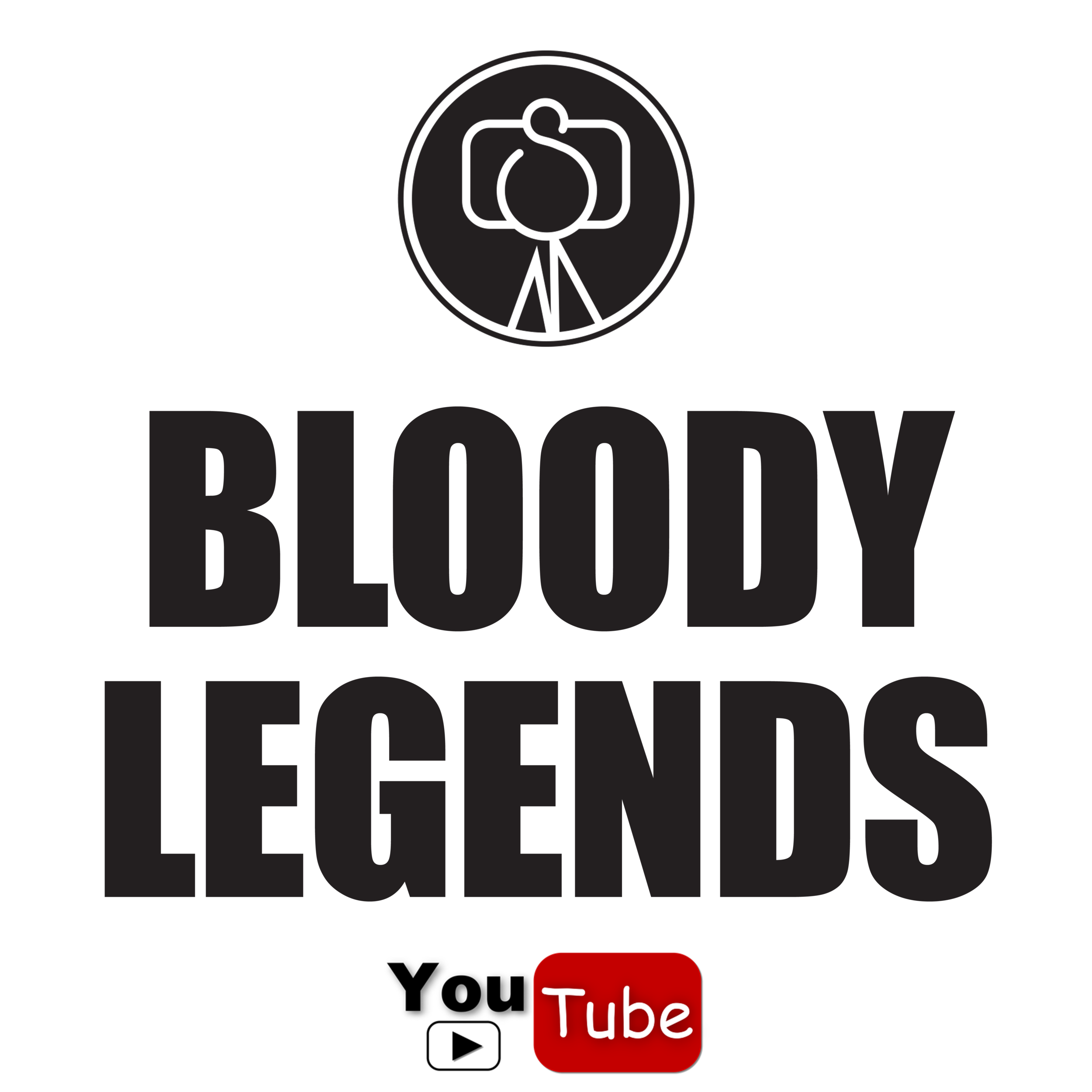Full frame DSLR, crop sensor DSLR, Mirrorless, point and shoot or the phone? Which one? Well, it just depends on what you’re after. Let us look at some of the factors individually.
First, megapixels. For years camera and phone manufacturers played out the megapixel wars. As soon as one manufacturer made a camera with 12 megapixels, a rival would launch a camera with 18. And on it went.
What is a megapixel? Basically, it’s a million pixels. We have all seen pixels on images. See below. So if a camera has a 12-megapixel sensor, it has 12 million pixels.
Pixels on image
With a DSLR these days you will find sensors with up to 50 megapixels. You can also get smartphones with 64 megapixels! Why do megapixels matter? Well, think about building a house. If you built a house with 12 bricks (megapixels) then built a house with 50 bricks (megapixels) and both houses were the same size, the house with 50 bricks, would have more detail in it.
So, with more detail, you then have the availability to print larger. If you use the chart below you can see, you can print reasonable sizes even at 12 megapixels. With phones like the iPhone X and above, you can print reasonably sized photos.
Next up, sensor size. You see, whilst the number of megapixels defines the size of the print. The actual size of these megapixels is the main governing factor of dynamic range. This is the cameras ability to see really dark areas and really bright areas of the scene at the same time. Basically, the larger the sensor, the more light can come in. Think about a bucket out in the rain. A large bucket will catch more rain, than a smaller bucket. Why does this matter? Well it matters if you are going to photograph things in low light. Most phone cameras are really bad at photographing in the dark, whilst many cameras will function suitably well in the dark.
Most phones would struggle to capture this image, whilst most cameras, would be fine.
I see this first hand when I try to photograph dark areas with my iPhoneX, it performs badly. When I do the same with my Olympus TG-6, it does it pretty well. Both of these cameras have 12 megapixel sensors. But the Olympus is significantly larger than the iPhone.
Lastly, the size and convenience of the options. My favourite saying in photography is “the best camera is the one you have with you”… The convenience of the phone camera is second to none, you simply cant beat it. These days, almost everybody has one and its almost always with them. Due to their size, all DSLR cameras will usually have their own bag in which to carry the camera, the additional lenses, batteries and cards. Or you could get totally out of control with GAS (gear acquisition syndrome) like this guy.
So, there you have it. If you’re not planning on printing too large and not printing in darkness, your phone should suffice. But if you want to photograph in the dark or want the ability to use a long telephoto lens for bird photography, you may want to take your DSLR.





